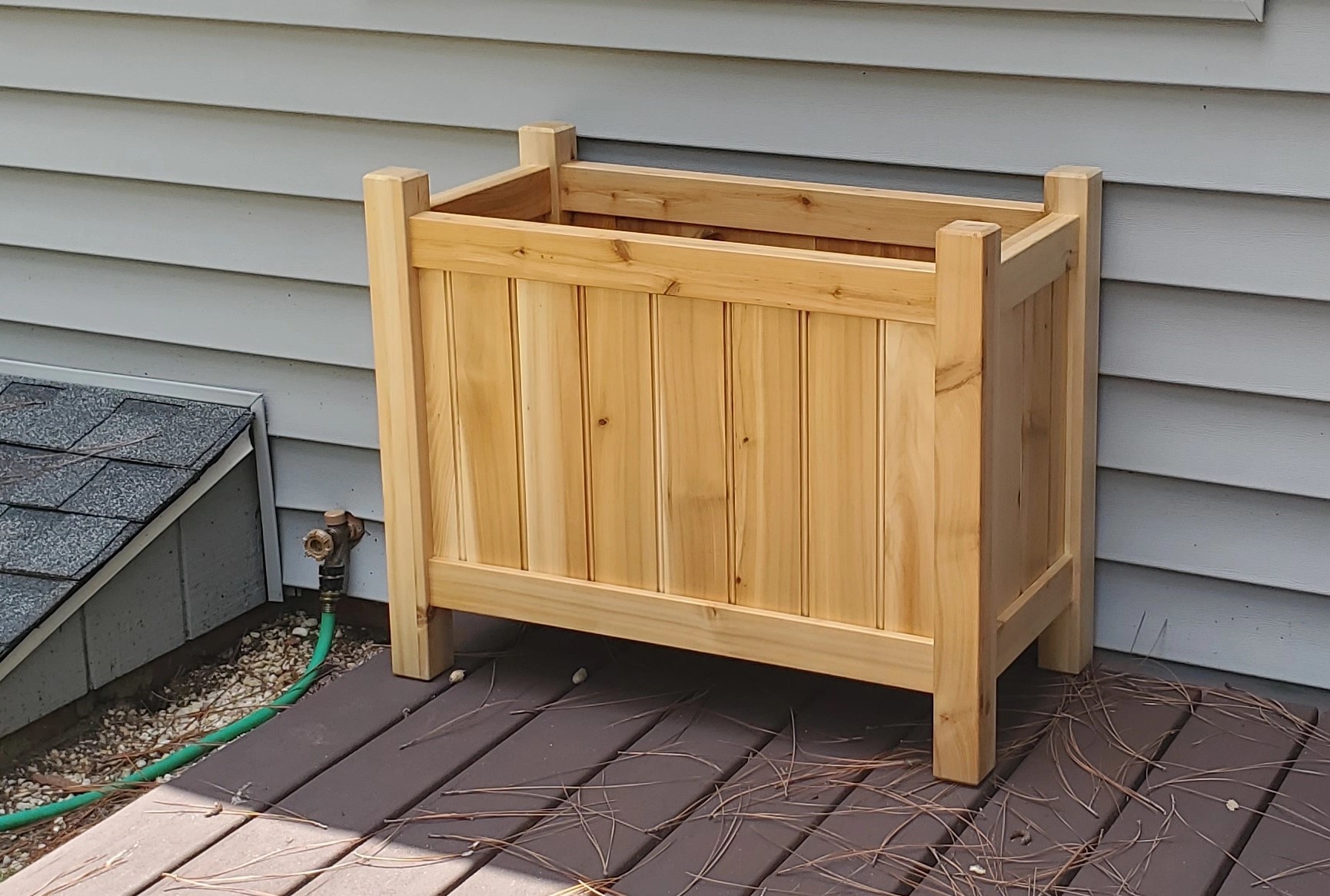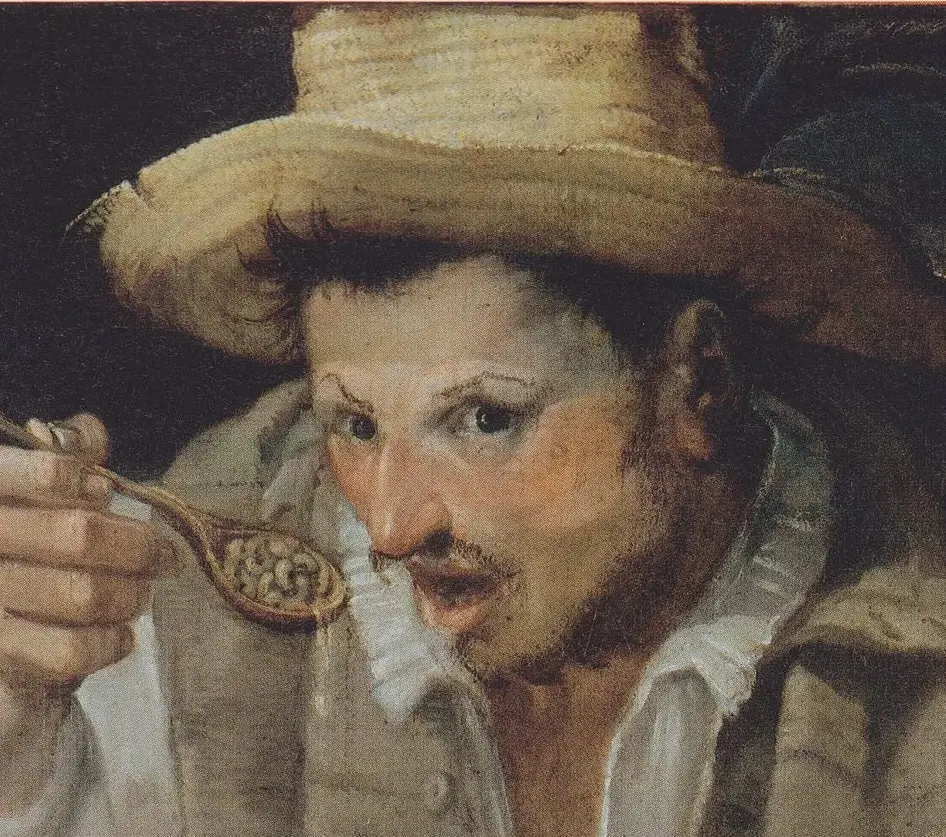- 44 Posts
- 923 Comments

 1·16 hours ago
1·16 hours agoWas going to make the same recommendation!

 2·16 hours ago
2·16 hours agoIt might be TPU too. I’ve used it to print function tires and the random deformable fidget.

 1·16 hours ago
1·16 hours agoYou could buy a large PEI sheet in sticker form and put it directly on your glass bed. Removal with a razor shouldn’t be difficult.
Is your bed heated? If yes, prints will stick well to the PEI when it’s hot and pop off when it’s cooled down. I have an ultrabase glass bed on my i3 clone and that’s exactly how it works there. I also gave a similar experience with my Voron with a PEI coated spring steel bed.
If your bed is unheated you might still be in hard mode.
As a final thought, go hot and slow for you first layer. I usually bump my first layer by 5-10 °C, depending on the material, and print it at 30-40 mm/sec. Even though I could probably go faster I’ll take consistently in my first layer.

 2·2 days ago
2·2 days agoThe trident is probably a more fair comparison given that both it and the CORE One use 3x lead screws to move (and presumably level) the bed.
You can get a 300mm^3 LDO trident kit for $1,200, which appears to be the price of the Prusa. You can of course go cheaper (formbot for $690 with a V6 hot end) and more expensive (a custom BOM in a box from say West3d that starts at $1,300).

 1·2 days ago
1·2 days agoIn fairness, they never said a 2.4.
I suspect they meant ABS given ASA is also in their reply. No idea how good either material would be in this application, I just don’t think it’s possible to print PVC.
That’s a lot of retractions. What is this filtering? Maybe you could print a more open structure and line it in mesh?
Also, where is this part in relation to chlorine? I can’t imagine a printed part would hold up very well in high chlorine concentrations, but PETG is fairly inert…
Thanks! I’ll have to stop by and pick up a spool. I would rather start with something that prints well for someon else than some random spool.
I’m guessing you mean Bambu? If so, you could print a [Nevermore](https://github.com/nevermore3d] and/or Bento box. They’re both in-chamber active carbon filters and will help cut down on fumes. This is all I was running before the exhaust fan. Regarding the exhaust fan, I’ve found I don’t need much flow - just enough to keep a slight negative pressure in the printer. I remember finding someone who ran their exhaust fan through a 3m respirator cartridge and they found that to be pretty effective when combined with an in-chamber carbon filter.
Klipper (firmware), mainsail (Web interface), obico (for failure det action) and some others. I can see why some would appreciate having a more turnkey option, but I agree with you that Klipper and mainsail make for a great pairing.
ASA is a bit more audible than PETG, but PETG prints would also become very lose once my bed was cooled down.
 2·5 days ago
2·5 days agoI am not aware of any USB-PD power banks that take AA’s. The idea behind my comment was “you don’t have to worry too much about availability of OE batteries”.

 25·5 days ago
25·5 days agoIf heavy duty means “lets you carry more weight in your bed and tow more” do not do it unless you actually have weight in your bed or tow a lot. To do this, the springs have a higher spring rate which makes the ride very hard unless you’re loaded.
 51·5 days ago
51·5 days agoDSLRs all have optical viewfinders, since the SLR bit basically means “uses a mirror and a pentaprism for the viewfinder”.
Most digital interchangeable lens digital that I know of use proprietary form factor lithium batteries. Lithium is a lot more energy dense than an alkaline battery and are rechargeable. They also offer much more stable voltage as the battery discharges, which probably makes them more attractive to camera OEMs.
Why shy away from lithium packs? Even for my ancient D40 I can still get new, but aftermarket, batteries.
Most newer cameras can charge the battery in the body without removing it. Some even support USB-PD and can be externally powered indefinitely.
 2·5 days ago
2·5 days agoA number of newer cameras also support USB-PD. I’m sure there’s some devil in the detail here, but you should be able to run them connected to a PD rated power bank indefinitely.

 5·6 days ago
5·6 days agoYou’ve discovered cold brew!
If you have the time there’s no harm, but you’re probably going to want to disassemble the steps to repair it halfway well.
Depending on the weight of the person/people who will be be using it, you might want to rethink the design or make the steps out of something thicker/beefier. Since the two treads are essentially cantilevers, the riser and torque is all that’s prevent the far end of either step from collapsing. I don’t think a butt joint is good enough here, even if it has a backer (as the pictures show). A finger joint between the treads and the riser, with many smaller fingers, is probably your best bet. You’ll probably want a table saw and a jig/slead to cut them, unless you’re familiar with a good alternative and/or have the skill and time to do it with hand tools.
Huh, any particular ABS brand(s)? I am tempted to grab a roll. I’ve been running polymaker’s ASA and other than warpage on big parts with my lower chamber temps (yay big printer with lots of enclosure surface area) it prints fairly well.
I run the filter inside an enclosed printer with an exhaust fan.
You’re saying ABS is printing easier for you than ASA? That’s interesting. From my limited understanding, ASA has the reputation of being easier to print.
What brands/blends? I’ve been printing basically only ASA and PETG for a little while now. Haven’t tried ABS.
 1·8 days ago
1·8 days agoYeah, I sent my A9 off for surgery - https://www.lifepixel.com/photography-gear/anti-aliasing-low-pass-filter-removal 😄
That’s pretty cool, the thought hadn’t crossed my mind previously. $350 seems a bit steep, but now I’m not going to be able to unsee this.
I think my initial “yuck” with the OM-1 was the 12-24 just taking bright landscape shots … everything looked, muddy.
I briefly shot the A9II and the OM-1 back to back again and sold the OM-1 to MPB :( Probably for the best long term, but it was a tough decision due to my lack of adoration for the A9II. I do greatly appreciate what it can do, I just don’t love it. The results do speak for themselves and the A9II’s tracking AF is just so easy to use.
And yes, with my 200-600G, monopod is a minimum, tripod if I know I’ll be stationary. Handheld is practically never, but I have in a pinch and with sufficient bracing, and for just one subject (before it flies or runs away typically), I can manage. And I’m only 44 😄 … hoping I can keep using it for another 10 years or so at least!
I’m 38 here, but even if you’re young and very athletic, holding 5-6 pounds in front of your face for an extended period of time still isn’t pleasant - especially if you’re not doing it frequently enough to build those muscles. What about the 200-600 puts you off, especially if you’re using a monopod?
I only use that for wildlife though … for the odd recital or what have you the boy has, I bring the 70-200G with the 2x TC.
No reticles or indoor sports here (yet?), but the 70-200GM does look like a very nice lens! So far I’ve been stubbornly sticking with primes for days I’m not doing sports photography, but the idea of a zoom with a touch more reach is kind of appealing. I’ve been circling the 70-200 F2.8 along with the F4 and F4 ii (quasi macro!) and Tamron’s 28-200. For whatever reason, a normal zoom doesn’t really appeal to me - I’m totally happy using my feet and know to bring a 35 with me if I’m going to be in a tighter space.
100% agreed about “the one you’re carrying”, which is why I haven’t actually put much money into anything lately - I do about 90% on my Xiaomi 13 Ultra, with a 1" sensor like was in my FZ-1000. I find I only use my big expensive gear when I actually go out to “do photography”, which is pretty rare these days. My son is 14 now too, so there’s way less recitals and games and events and such for me to shoot.
I guess I’m lucky in that my kids are younger and we are fortunate enough to be able to afford to be members at a couple of local attractions. Between visiting those places and going to parks, I’m out with the camera most weekends.
Groggy day today here for me, so a slightly rambley and discombobulated response, but, as I’ve typed it, I’d might as well post it now :-)
All good, I also tend to be a bit verbose so cheers!




They’re 104nt’s. I have never calibrated a thermistor for one of my printers before, other than updating the firmware (compile marlin, config Klipper) and choosing the appropriate value.
I did dig up a datasheet for the thermistor, will have to check resistance tonight.